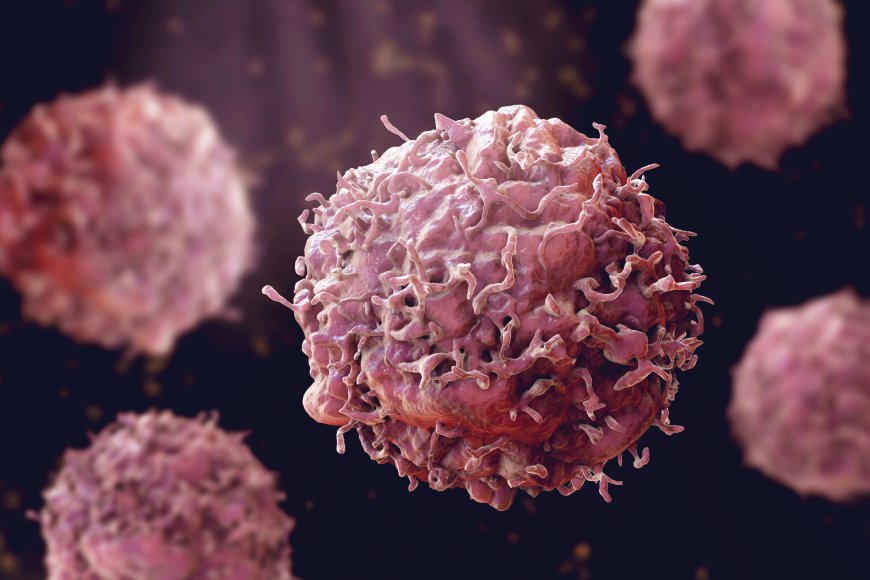An overview of Real World Evidence
Currently, technology is becoming an integral part of every industry, and the healthcare sector is no exception. With a growing emphasis on personalized care, there are several health tech solutions that have captured attention, and real world evidence is one of them. It is a concept that bridges the gap between clinical research and practical application.
As we look towards the future of healthcare, the need for evidence-based decisions has never been more critical. Gone are the days when traditional clinical trials used to be the only way to introduce a new drug or treatment method into the market. Nowadays, pharmaceutical companies are leveraging the power of technology and embracing several latest trends.
Real world evidence (RWE) is one of these emerging health tech solutions that are slowly transforming the entire healthcare landscape. It not only ensures the safety, efficacy and quality of drugs and treatment methods that are being introduced into the market, but it also offers several other benefits to pharmaceutical companies.

Here is more on the concept of real world evidence and how it is proving be a significant change for pharmaceutical companies:
What is real-world evidence?
Real-world evidence can be defined as the insights obtained from a detailed analysis of real-world data. This information is collected outside of traditional clinical trials and can include a wide range of data points. The main sources of real-world data include electronic health records, insurance claims, patient registries, etc. Other than this, real world data can also be obtained from wearable devices. The process allows pharmaceutical companies to capture the experiences of patients in diverse settings and helps them understand how different treatments work in everyday life.
Benefits of real-world evidence
Here are a some of the key benefits of implementing an RWE strategy for drug development:
· Broader patient accessibility
In a traditional clinical trial, you have a certain number of patients for performing your research. So, there are chances that the trial participants may not reflect the diversity of the population. But using a real-world evidence approach allows researchers to make their observations across a more diverse patient cohort.
· Faster drug development
Implementing an RWE approach also involves gathering data from existing medical records or insurance claims. This can significantly reduce the amount of time required for various stages of drug development. It can also expedite the drug approval process as real-time insights can be provided for treatment efficacy and safety.
· Long-term outcomes
Usually, a clinical trial involves performing research and tracking patient responses for a limited period. But with the RWE approach, researchers can track patient outcomes for longer durations. It helps in understanding the sustainability of a particular drug or treatment method and helps uncover any possible long-term side effects.
Traditional clinical trials have always been the norm when it comes to evaluating the safety of any new drug, therapy, or treatment method. But the concept of real-world evidence has emerged as a transformative force in the healthcare industry. It has the potential to complement traditional research methods and enhance their outcomes. When used responsibly, it can help create a more responsive healthcare system that can meet the evolving needs of patients.

 Managementconsulting
Managementconsulting